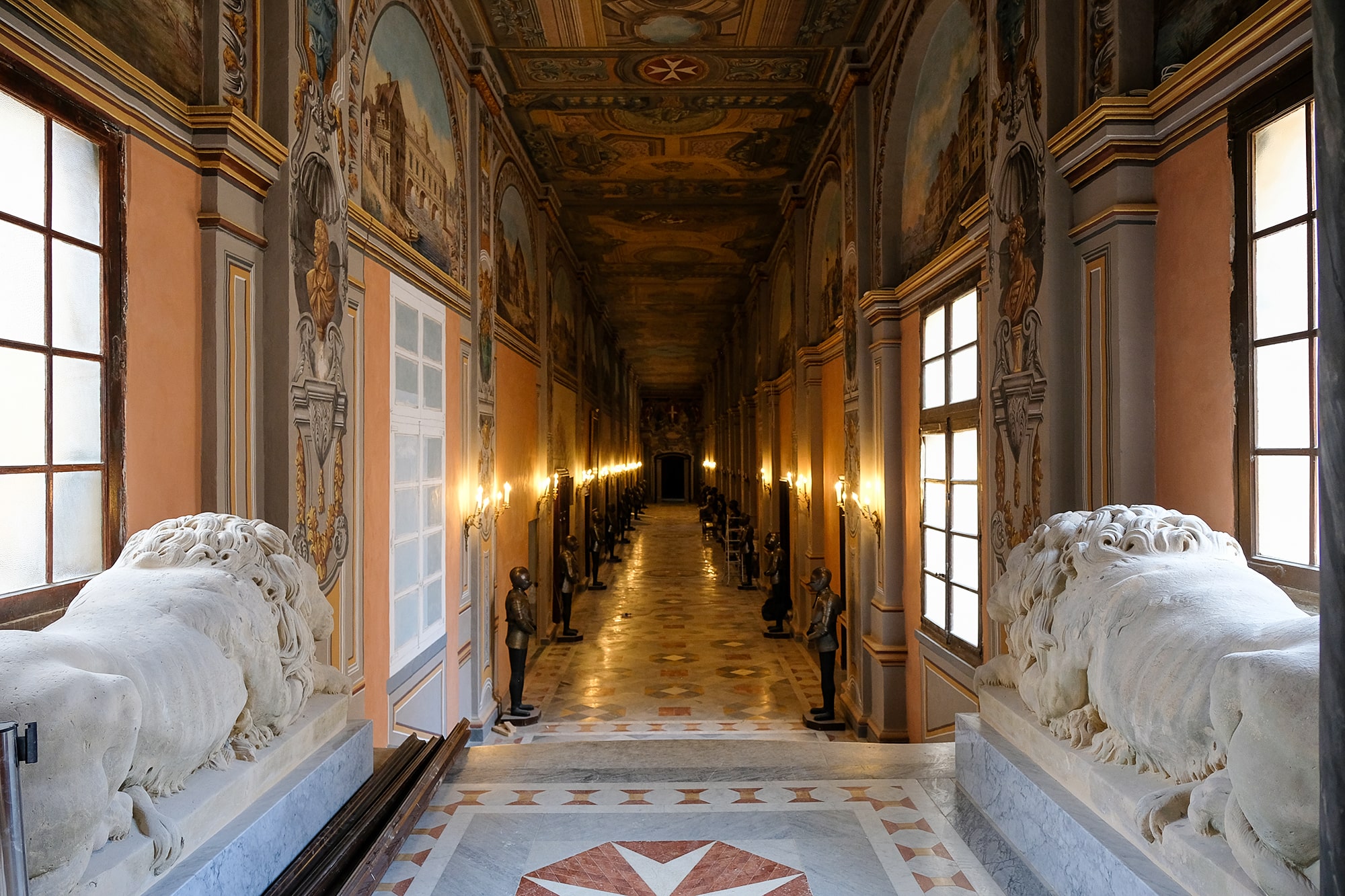Cultural Heritage Legislation
Malta’s cultural heritage is primarily protected by the Cultural Heritage Act 2019 (CAP. 445). Prior to the enactment of this Act, the local cultural heritage sector was protected by the Antiquities Ordinance of 1910, the Antiquities Act of 1925, the Antiquities (Protection) List of 1932 (amended in 1936 and 1939), the Cultural Heritage Act of 2002 repealed by that of 2019 and as amended by Act XLI of 2021. Other national legislation also provides for safeguards towards the conservation and protection of Malta’s cultural heritage. A number of examples of Malta’s cultural heritage are acknowledged by UNESCO as World Heritage Sites as common heritage of humankind and protected by International heritage conventions and charters.
Definition of Cultural Heritage
The Cultural Heritage Act 2019 , Article 2 defines ‘cultural heritage’ as “movable or immovable objects of artistic, architectural, historical, archaeological, ethnographic, palaeontological and geological importance and includes information or data relative to cultural heritage pertaining to Malta or to any other country. This includes archaeological, palaeontological or geological sites and deposits, human remains, landscapes, underwater and seascapes, groups of buildings, as well as scientific collections, collections of natural specimens and art objects, manuscripts, books, published material, archives, audio-visual material and reproductions of any of the preceding, or collections of historical value, as well as intangible cultural assets comprising arts, traditions, customs and skills employed in the performing arts, in applied arts and in crafts and other intangible assets which have a historical, artistic or ethnographic value.”

